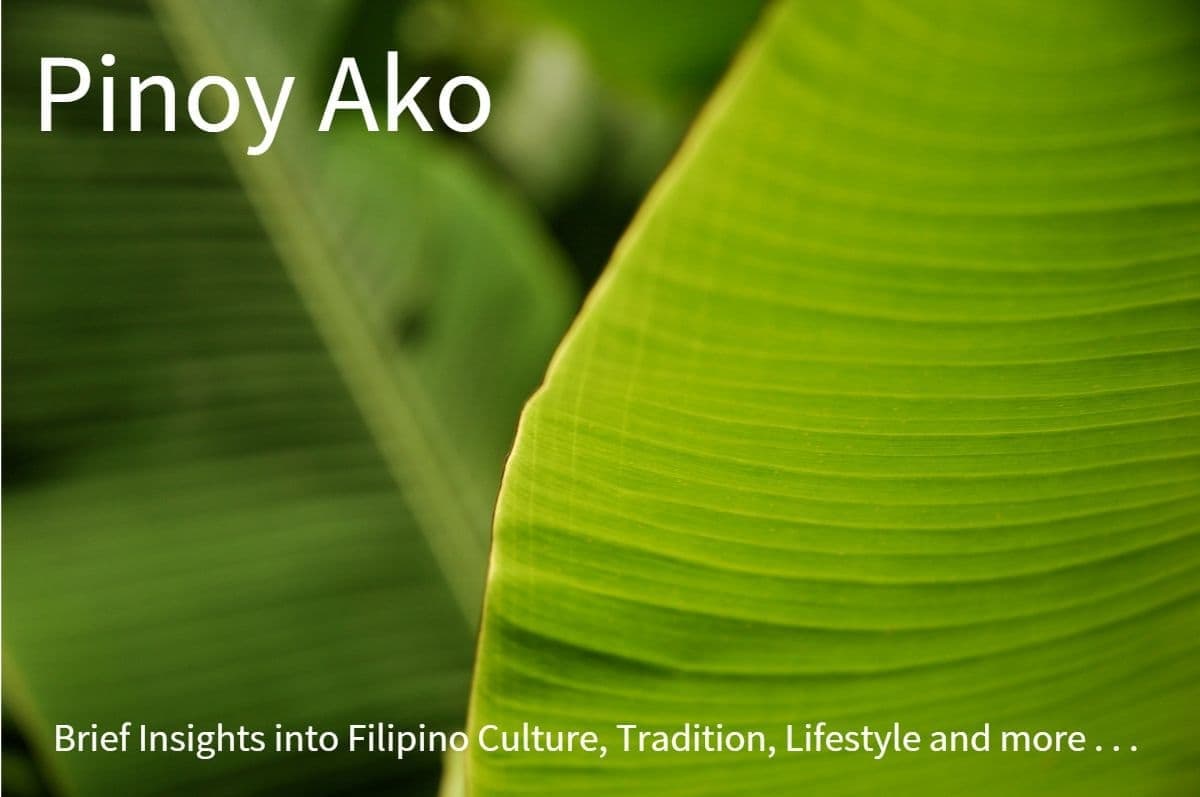Mabuhay! It's the Tagalog version of Aloha or Welcome. "Pinoy Ako" means "I am a Filipino".
Thank you for visiting our little nook on the Net. This page was made for those who are interested in the Philippines, its culture, history and the Filipino language. There are some helpful and informative items on the various aspects of Filipino life, society and some interesting links for your reference. We hope to update the pages from time to time to give you the latest information on issues that reflect your interests. We welcome and value your comments / suggestions and hope to use your feedbacks to further improve the contents of this site.
There are over 7,000 islands that dot the Philippine Archipelago (maybe even more, depending on the tide). Believe it or not, a lot of pinoys (filipinos) have only been to a few of them their whole lives. With all these islands around, they say it would take a lifetime to discover each one them (truth is, at lot of them are still uninhabited).
Perhaps one of the most important issues for the Philippine Islands was language. There are so many people with various roots and traditions. How do you get all these people to talk in a common language? There are 170 known languages or dialects spoken in the country. Cebuano or Bisaya, is a language widely spoken in Central and Southern Philippines. Then of course, there's Tagalog, the national language. Every Filipino learns it early in school and uses it together with English (the combination of Tagalog and English is called Taglish). Almost everybody you meet in the Philippines will somehow talk to you in Taglish, as if it's the most natural thing in the world.
Filipino culture is largely a fusion of the indigenous traditions of the Philippines, with the Hispanic and American cultures. It has also been influenced to some extent by Chinese, Indonesian and Indian cultures. The Hispanic influences in Filipino culture largely derives from the culture of Spain as a result of over three centuries of Spanish colonial rule. These Hispanic influences are most evident in Roman Catholic Church religious festivals. Filipino christians are very passionate about their faith and various fiestas are held to commemorate their patron saints.
One of these is the feast of the Black Nazarene. Every year millions of Filipinos gather for a procession of the Black Nazarene ("Poong itim na Nazareno", in Tagalog), a life-sized statue of a suffering Jesus fallen under the weight of the cross, along a 6.5 km route from Rizal (Luneta) Park to the Quiapo Church in the capital city of Manila. Few religious celebrations anywhere in the world can match this feast in terms of the number and fervor of devotees surrounding the procession. It is said that the devotion to the Nazarene is especially strong among the large number of poor Filipinos. They comprise the majority of devotees at the feast and have an especially deep devotion to the Black Nazarene as a way of identifying their own struggles with the Passion, death and resurrection of Jesus. This extreme devotion is showcased in the re-enactment of christ's passion and crucifixion held in San Fernando, Pampanga north of the Philippines. It includes a passion play, culminating in the actual nailing of at least three penitents on wooden crosses atop a makeshift Calvary.
Probably the most visible and lasting Hispanic legacy is the prevalence of Spanish surnames among Filipinos. This is something unique among the people of Asia, the result of a colonial decree for the systematic distribution of family names and implementation of the Spanish naming system on the inhabitants of the Philippines during the spanish colonial era. Although a Spanish surname in the Philippines doesn't necessarily denote Spanish ancestry, traces of Spanish culture and influences abound, on countless street names, towns and provinces. Filipino cuisine is also heavily influenced by Spanish cuisine.
These, along with a host of other interesting quirks, makes the Philippines unique and sets it apart from its asian neighbors. We hope to share a lot of what the country has to offer and hopefully it'll live up to its motto of "It's More Fun in the Philippines".
